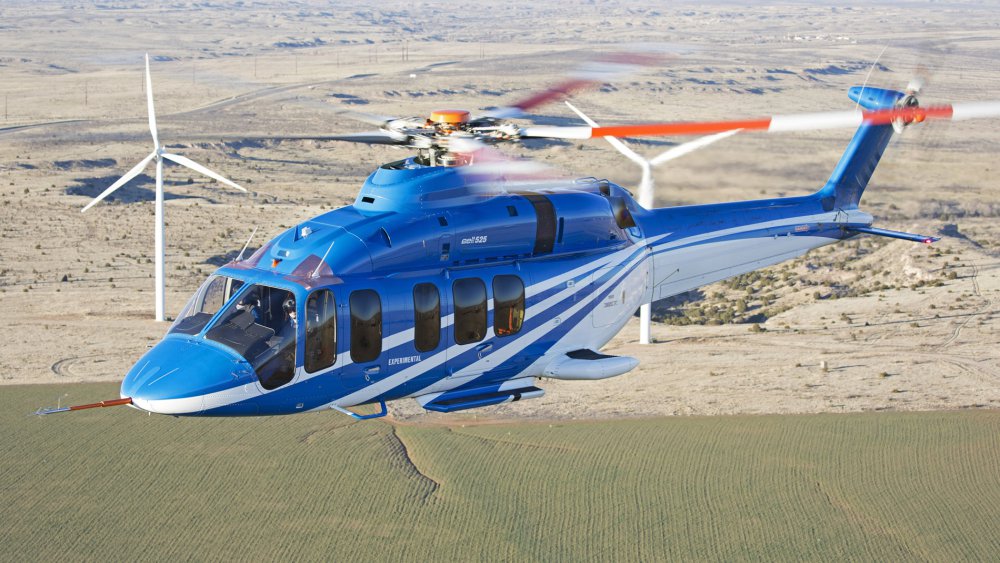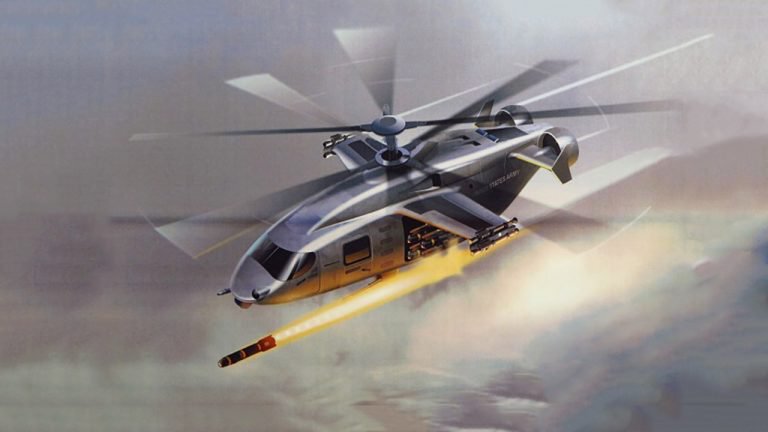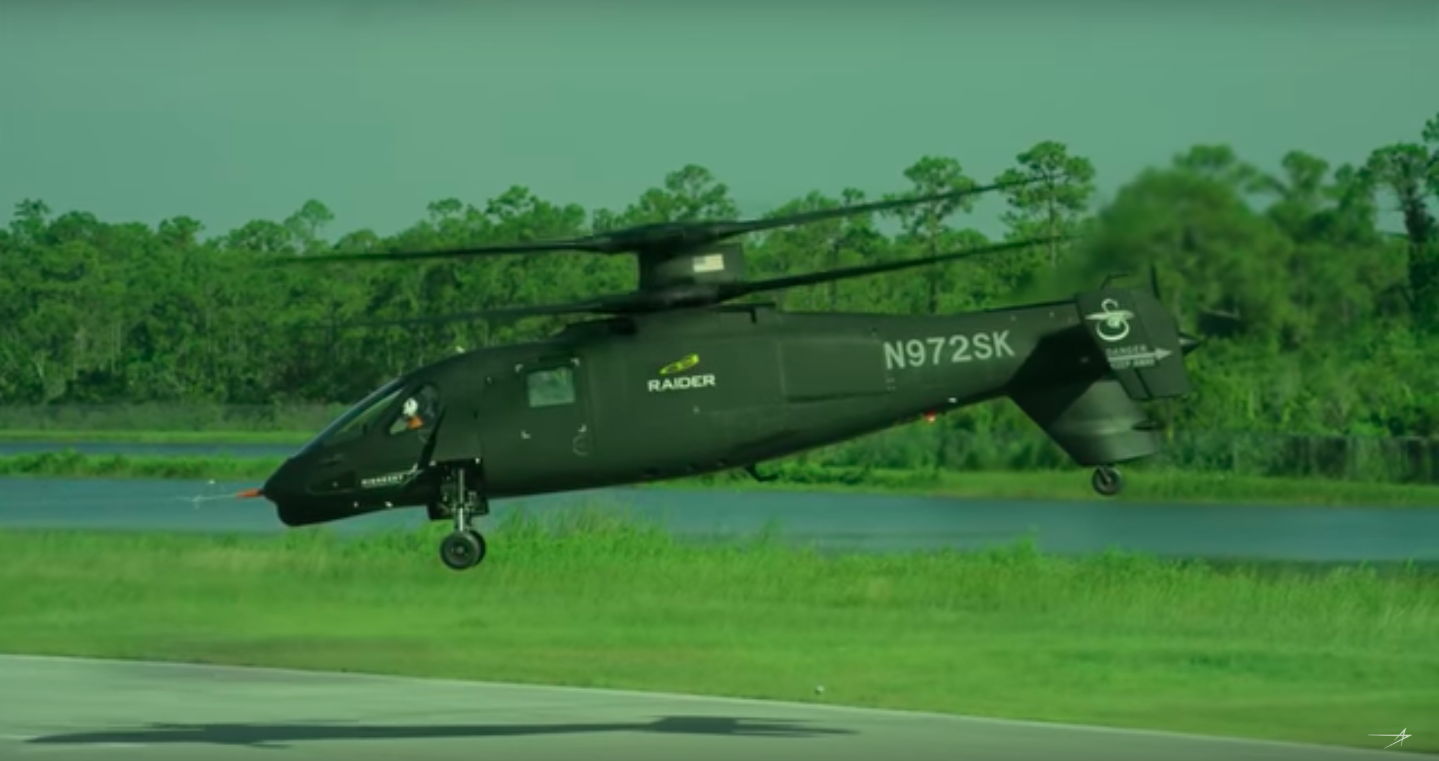The US Army awarded contracts for a Future Attack Reconnaissance Aircraft (FARA) to 5 companies and the winning one would enter production in 2018.
The contracts were awarded 13 months after the Army put a request for new scout helicopters, and two months before the original target date for them to be awarded.
The 5 winners are the following:
- AVX Aircraft (Fort Worth), an innovative design firm that’s now teamed with L-3 (Waco), which provides actual manufacturing capability AVX has lacked;
- Bell (also Fort Worth), which focused on upgraded conventional helicopter designs;
- Boeing (Mesa, Arizona), which already builds the AH-64 Apache and CH-47 Chinook;
- Karem Aircraft (Lake Forest, California), famous for its innovative designs, but also small-scale projects, no experience in mass-production;
- Sikorsky (Stratford, Connecticut), a Lockheed subsidiary that builds the current UH-60 Black Hawk and is now developing radically innovative compound helicopter designs.
Bell was the company that produced the previous Army reconnaissance helicopter – the OH-58 Kiowa, which was retired.
Bell is also currently the leading contender to produce the replacement of the UH-60 transport, with its V-280 Valor tiltrotor. The company maintains that it could build a conventional helicopter that could also fulfill the attack reconnaissance role, claiming that it would be more reliable and cheaper than Sikorsky’s S-97 Raider, a propeller-helicopter hybrid.
In total eight proposals were received and only three were rejected because they failed to meet the mandatory minimum requirements. The requirements include for the FARA to utilize some government-provided equipment: a specific 20 mm gun, a particular missile launcher, and the GE T901 Improved Turbine Engine. It should achieve a minimum speed of 205 knots (235 mph), have a maximum rotor diameter of 40 feet, allowing it to sneak down city streets and hide behind small obstacles.
The Army wants FARA to cost no more, on average, than the current AH-64 Apache, about $30 million apiece.
In February 2020 the army will pick two of the five companies to produce competing prototypes, and the winner will enter low-rate production in 2028. The nine-year timeline for the FARA to go from presentation to an actual active machine is rather short, but according to the US Army’s “Big Six Priorities” it needs to be even faster.
“Milestone C right now is 2028,” Col. Craig Alia told me and another reporter, “[but] we’re looking at every opportunity to accelerate the process to get it earlier.”
“Alia is chief of staff for the Army’s Future Vertical Lift Cross Functional Team, one of eight such teams created to accelerate Army modernization efforts, from thousand-mile hypersonic missiles to 6.8 mm assault rifles,” Breaking Defense reported.
FARA Program Manager Dan Bailey said that a large amount of time is saved by reducing the amount of red tape. “What’s exciting about the new process the Army has put in place with the Army Futures Command and the Cross Functional Teams, “[is] in basically a year’s period of time, we’ve gone from concept to an approved set of requirements, to developing an innovative approach to contracting … to having industry propose [designs].”
That normally would take years, he said, but “we’ve done everything we can do to remove the pauses.”
Furthermore, the contracts are “Other Transaction Agreements” (OTA), aimed at avoiding any breaks in the program.
“Rather than contract for a design, then write a new contract to build a prototype, then write a third contract for production, the Army has contracted each of the five firms for the whole process, from design through delivery: The winner will simply execute the full contract as written, while the Army will exercise a cancellation clause for the losers.”
The contract is also quite flexible, and it can provide additional time or accelerate the production.
MORE ON THE TOPIC:









With the battle cry “Remember the F-35” the MIC has raided the people’s pocket for the coming decade. Bravo!
I will take a punt at Bell or more likely AVX AIRCRAFT COMPANY
Look at all the Directors and Senior Management – all ex-bell !!!.
http://www.avxaircraft.com/mgt-eng